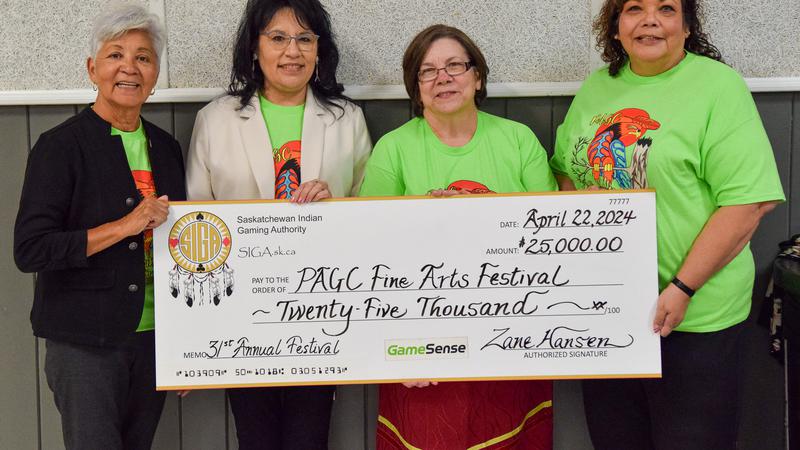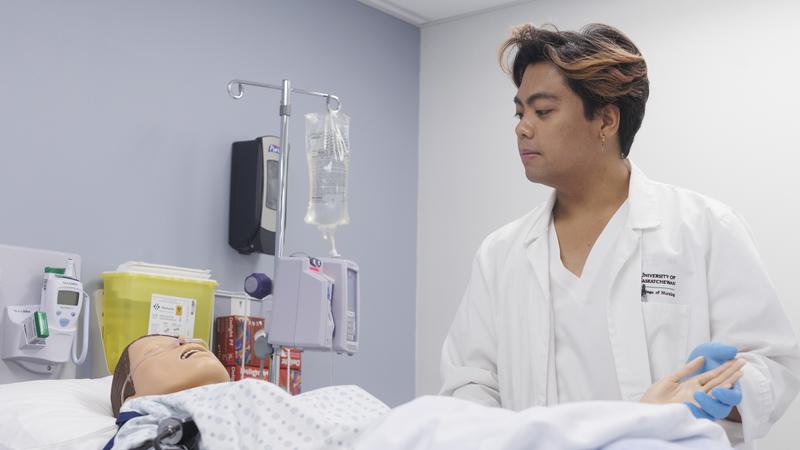
Who is Buffalo Woman? Serial killer trial hears of police efforts to identify victim
WINNIPEG — In mid-March 2022, a young Indigenous woman stood outside Winnipeg’s Salvation Army and spoke with a man who invited her back to his home.
Wearing a reversible Baby Phat branded jacket and a cloth face mask, she would later board a bus with the man and head to his apartment in the North Kildonan neighbourhood.
The woman was the first victim of serial killer Jeremy Skibicki.
In the two years since her slaying, police have been unable to identify her or find her remains.


